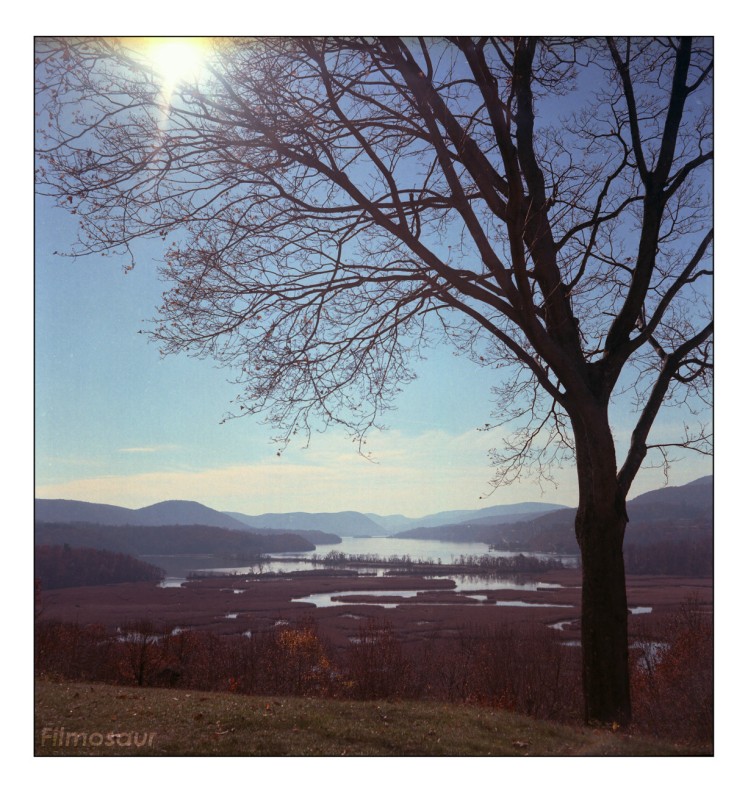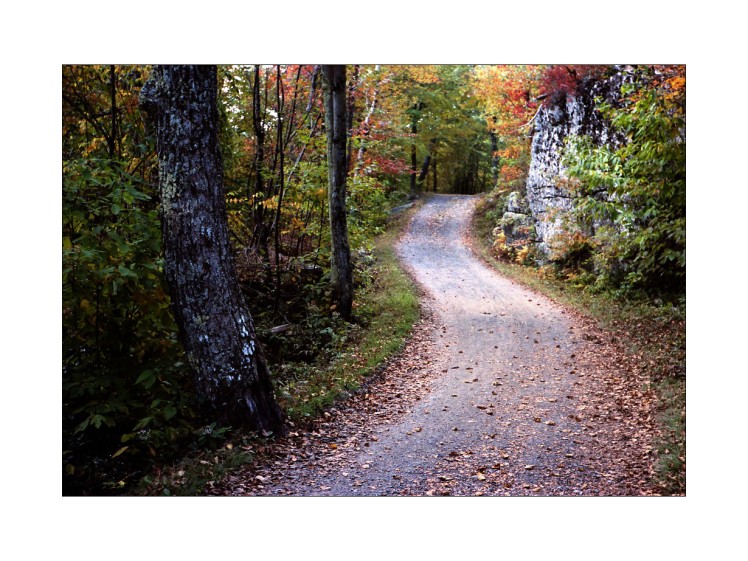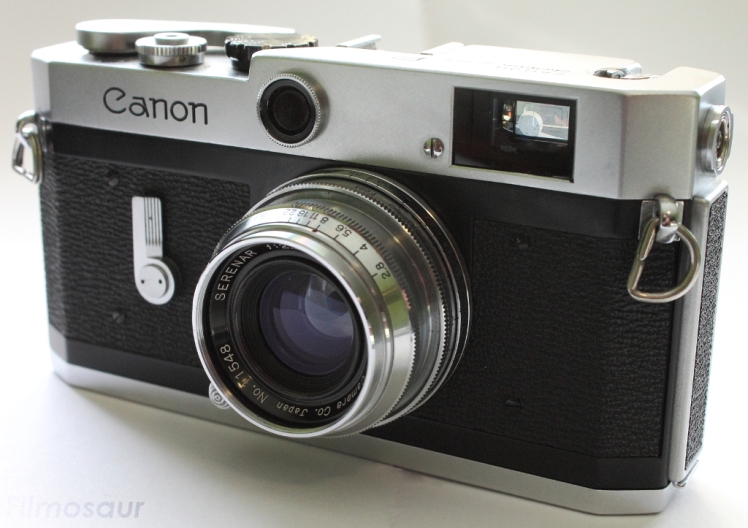2013: A Filmosaur Retrospective
Well, another year has been muddled through, so it only seems appropriate to look back at it before moving on inexorably into the unknown. Unlike the year prior (chronicled here), 2013 saw a fair bit of film exposed, with a commensurate reduction in digital photography. This was due, in no small part, to having acquired more film cameras and other related equipment; the pile is edging ever closer to unmanageable. Also adding impetus to the film side of things is the fact that I started developing traditional black-and-white film myself, which makes it quicker and cheaper to shoot.
But ultimately, the increased volume of film was down to the fact that I find I prefer not just the end result, but the process of shooting film. There is far too great a temptation to blast away with digital, not to think sufficiently about what you’re shooting and how you’re shooting it, that it can all be sorted and fixed later. For as many good photos as you might capture with this method, you won’t improve your shooting technique one iota; for as many good photos as you might miss working with film, if you’re paying attention to your work, you’ll likely still improve over time. So with that in mind, this little retrospective will be an all-film affair, highlighting what I thought were some of my best shots of the year that never made it to Filmosaur. I’ve been squirreling them away until the time was right – saving the best for last and all that.


One of the perils of an expanding camera collection is that it becomes increasingly difficult to decide what to use. Thankfully, once you’ve tried a bunch of cameras, you start to realize what works for you. For me, first on the list is my Canon P. Not surprisingly, it got a lot of work this year. I bought it in anticipation of a trip to Europe in the summer, and it performed quite well there and afterwards. Much of the work you saw here over the last year was shot with it, and trend which I’m sure will continue.

But we can’t neglect the others. When I took my Rollei 35 out a few months ago, I was reminded just how much I enjoy that little thing. Great lens, solid build, small package. It’s a great camera for everyday use.

Of the new additions to the 35mm stable, the Konica III is perhaps the most capable. The lens is sharp in a modern way (it’s a Planar design) that is quite different from most of my cameras. The ergonomics are a little odd, given the downstroke film advance, but it handles reasonably well once you get used to it.

Perhaps the greatest revelation of 2013, however, was Your Humble Filmosaur’s first forays into medium format. Beginning with a Ciro-flex TLR and rapidly expanding into a variety of other MF options, the possibilities of such a large negative became quite compelling. The Rolleiflex I stumbled across in an antiques shop for a ridiculously low price really shows just how special MF photography can be.

But of course it’s not all about gear. I tried to work on technique as well, particularly when it comes to street photography, as I think that’s one of my weaker skills. My Midtown Manhattan in Sixteen Frames series, shot over a single weekend, represented what I felt was a pretty decent improvement over past efforts. There were other outings, however, that also yielded worthwhile shots.

The main problem with street photography is that you have to go where there are other people. People are often annoying; Your Humble Filmosaur generally prefers to avoid them. This leads me out into the woods, which, as it turns out, is a good place for photography as well. This fall didn’t look like it was going to be all that great for foliage, but it turned out better than expected.

Beyond local excursions, there was some travel as well. The big trip was to Europe for a few weeks, including one on a small private boat in the Adriatic. As mentioned, I settled on the Canon P kit without too much deliberation; choosing films was a bit more agonizing. Tri-X was the obvious choice for B&W, but color came down to Ektar or Portra 160. After probably far too much thinking about it, I ended up going with the latter. In retrospect, it was clearly the proper choice: Portra’s latitude and subdued colors were perfect, and knowing that I didn’t have to worry too much about nailing the exposure made shooting quickly that much easier.

Closer to home, I also spent a few days in Maine in the early summer. It was a fun little trip, but not a once-in-a-lifetime sort of thing. I had two folding cameras I was testing out; I didn’t really expect anything great out of them, but one – the Kodak Retina I – yielded what might just be my favorite photo of the year.
So that’s it, ladies and gentlemen – 2013 as documented by Your Humble Filmosaur. Stay tuned for another year’s worth of photographic experimentation and rambling, opinionated commentary. Or don’t. I’ll be here whether you like it or not.



You must be logged in to post a comment.